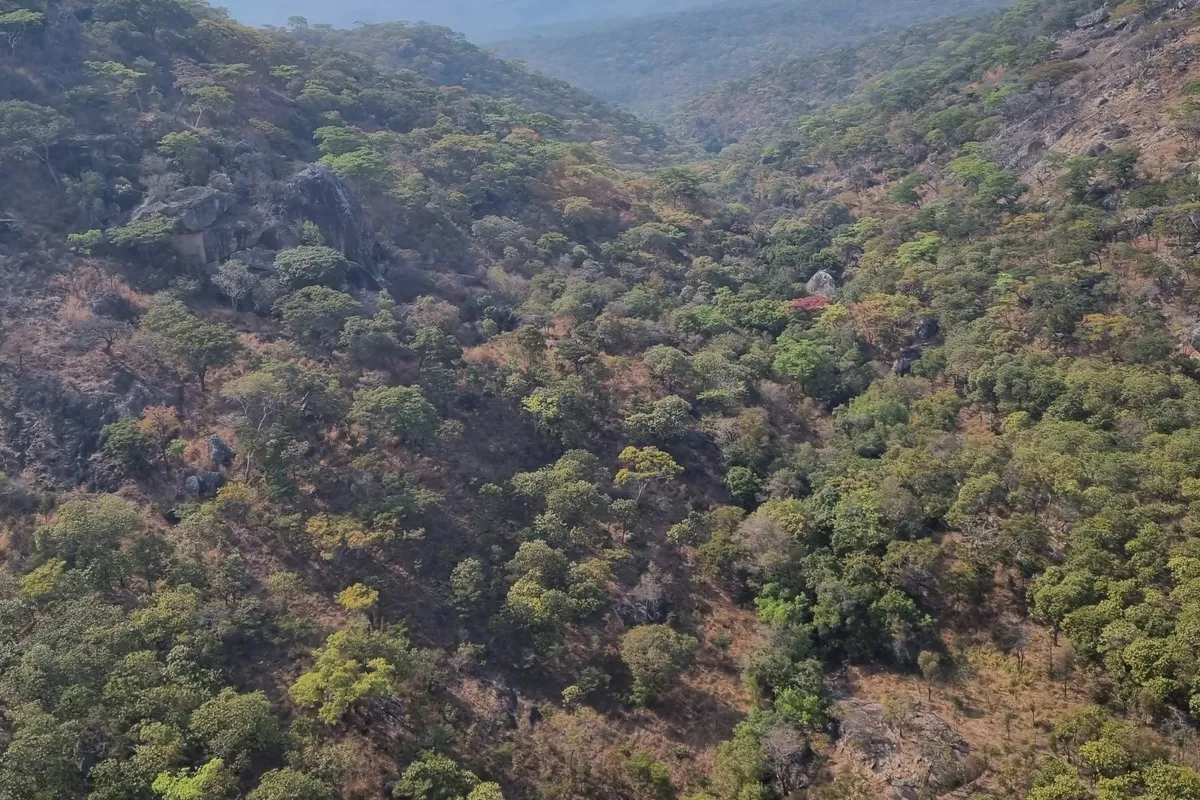Work is underway on a massive “first-of-its-kind” rewilding project to develop South Africa’s Loskop Dam Nature Reserve and adjacent areas into one of the largest protected wildlife reserves in the country, providing refuge for diverse species of threatened wildlife.
Located 110 miles east of Pretoria in north-east South Africa, Loskop Dam Nature Reserve is home to at least 30 endangered species, including southern white rhino, Temminck’s pangolin and Sable antelope, and unique plants, such as the critically endangered Middelburg Cycad.
The reserve is rich in cultural heritage, too, with over 50 sites that are important to local communities, including ancient graves.
- Scientists may be about to save the world's rarest rhino. Here's what they're doing
- Giant anteater seen in southern Brazil for the first time in more than 100 years
- Prehistoric aurochs are back from extinction and spreading across Europe
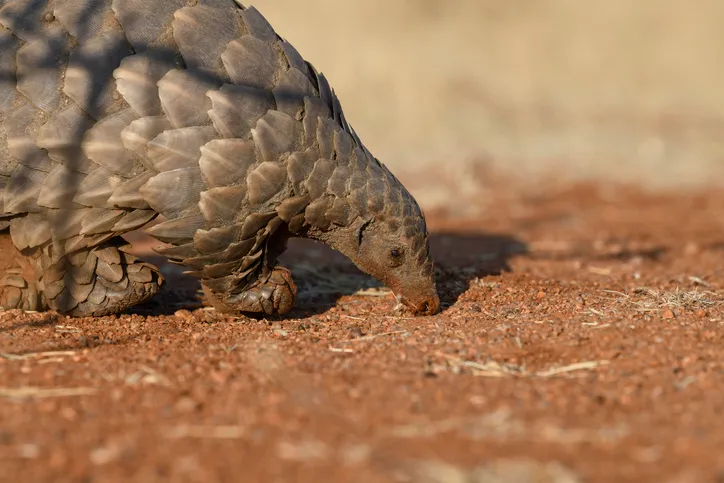
An agreement officially began on 1 March 2024 for a strategic partnership between the Mpumalanga Tourism and Parks Agency (MPTA) and international wildlife charity The Aspinall Foundation. The reserve is seen as having huge potential for ecotourism, due to the fact that it’s close to the economic hub of Johannesburg but still undeveloped.
This is the first time one of South Africa’s provincial conservation agencies has collaborated in this way with an international NGO.
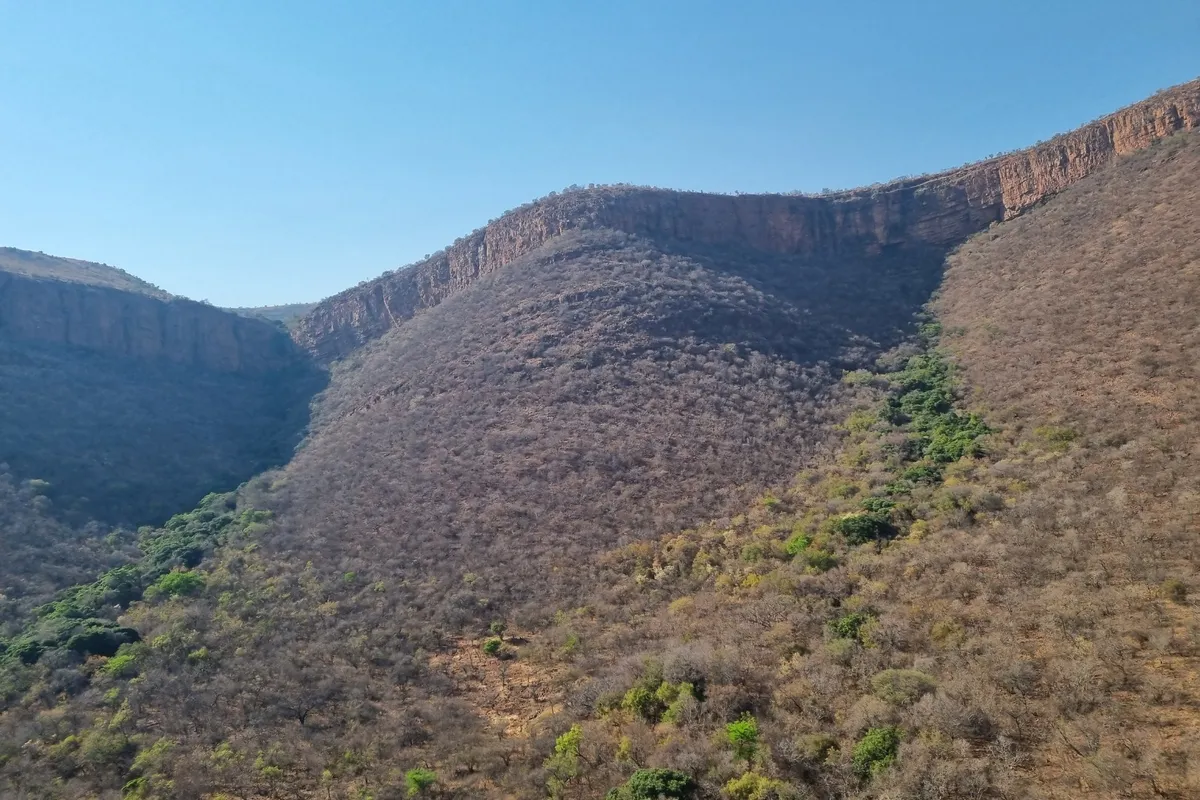
“We fell in love with the area, its potential for conservation and the fact that it’s so pristine, yet understocked from a wildlife perspective,” says Dereck Milburn, South African Project Director for The Aspinall Foundation.
“We decided to jump on the opportunity and unlock the conservation and economic potential of the area. Some of the poorest people in South Africa live around the nature reserve. We’re actively trying to find solutions to uplift these communities and provide meaningful career opportunities.”
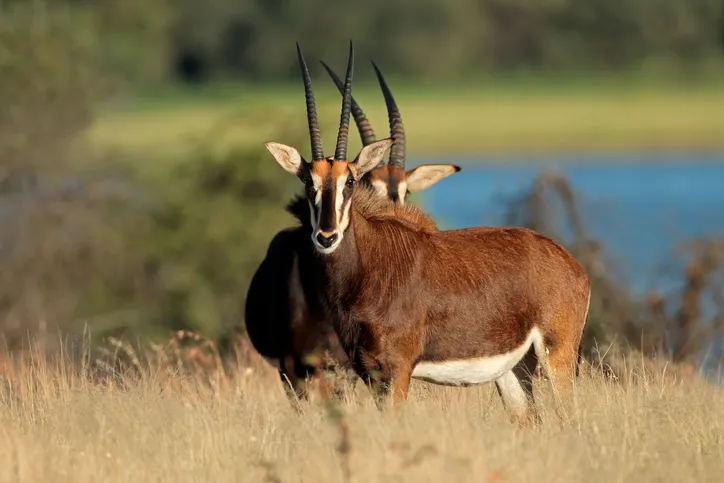
Creating a paradise
Work had already started prior to 1 March, including a breeding programme for black-footed cats that has seen the birth of several kittens, who will be released into the reserve.
The Aspinall Foundation has also rewilded a formerly captive honey badger from the UK, released rescued crocodiles, and provided support for rhino-dehorning operations (to guard against poaching). They’re also supporting a local ground hornbill project and providing monitoring for the local pangolin population.
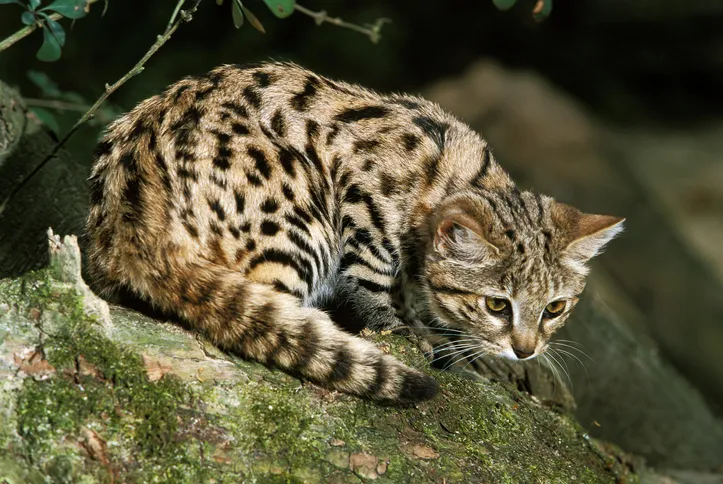
Loskop Dam’s natural balance will be restored though a series of wildlife supplementations (or restocking) and reintroductions, including a planned translocation of critically endangered black rhino and several species of cat, large and small.
“Other than having a fairly healthy leopard population, Loskop could be home to a vast range of other meso-predators, such as caracal, serval and mongoose, along with large cats such as lions and cheetah,” says Milburn.
“The cats will be in absolute paradise in the reserve with very low human pressure, high prey numbers and exceptional habitat and landscape features to enjoy.

Security will be key. The MPTA and The Aspinall Foundation are now working to improve the protection of the reserve, including providing additional rangers and equipment, anti-poaching activities, and upgrading fences.

Unlocking conservation potential
There are also plans to quadruple the size of the reserve. “Adjacent to the Loskop Dam Nature Reserve lies mile upon mile of unoccupied wilderness owned by communities and private individuals,” says Milburn.
“The Aspinall Foundation have successfully negotiated long-term leases of land for many of these, which could allow the reserve to expand to a staggering 100,000 hectares in total from its original 23,000 hectares. We intend to unlock the conservation potential of the entire area.
"We’ve already had meetings with local chiefs and tribal leaders in the area and we’ve confirmed we can link all of the protected areas adjacent to Loskop in the area known as the Loskop Cluster. Our hope is we can create one of the largest, most meaningful reserves in Africa.”
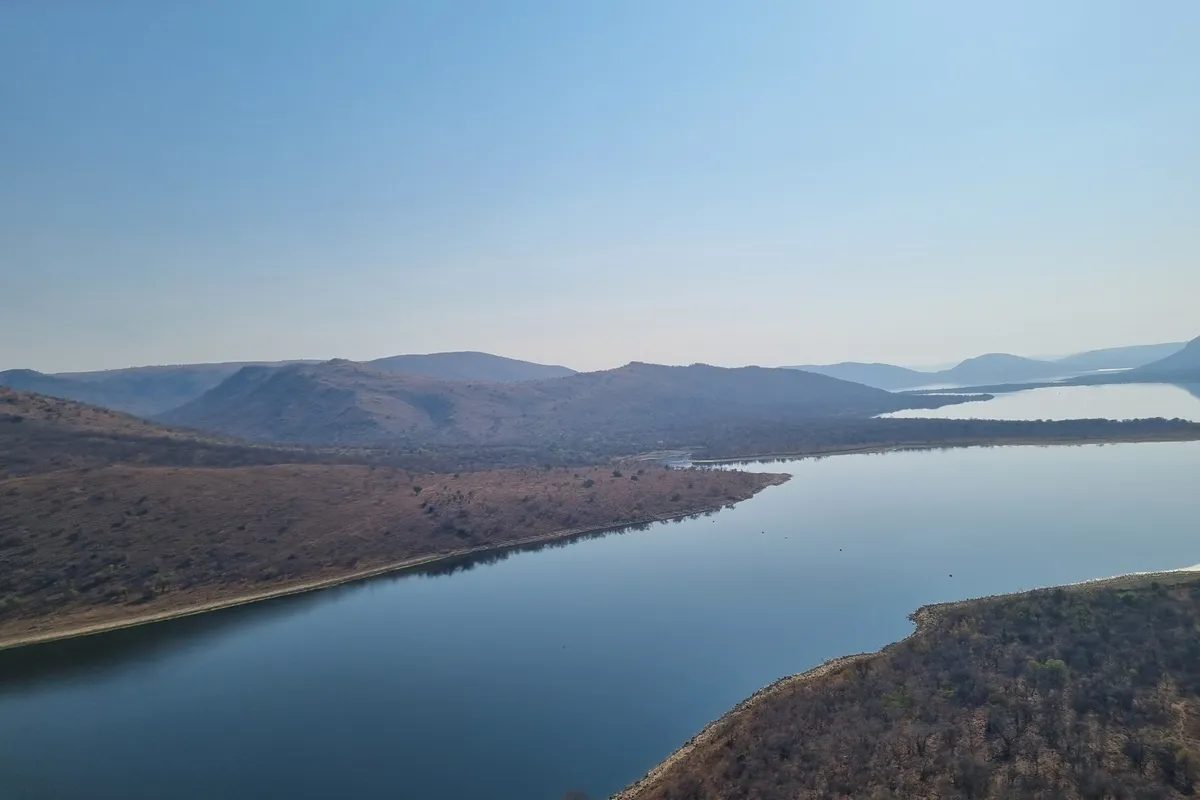
The co-management model is similar to partnerships that exist between wildlife charity African Parks and governments in several other African countries to protect national parks and reserves.
Expected to span 25 years, it’s hoped the Loskop Dam project will serve as a “blueprint” for other partnerships across South Africa. “South Africa’s provincial reserves are on a rapid decline in terms of infrastructure, resources and management capacity,” says Milburn.
“Without the support of the NGO and private sector, some of these reserves will be lost forever. We can’t allow that to happen. We wanted to set the example and show other NGOs that it’s possible to effectively partner with provincial conservation agencies to achieve significant results. These partnerships have been established throughout Africa and its now time South Africa does the same. We are leading the charge.”
